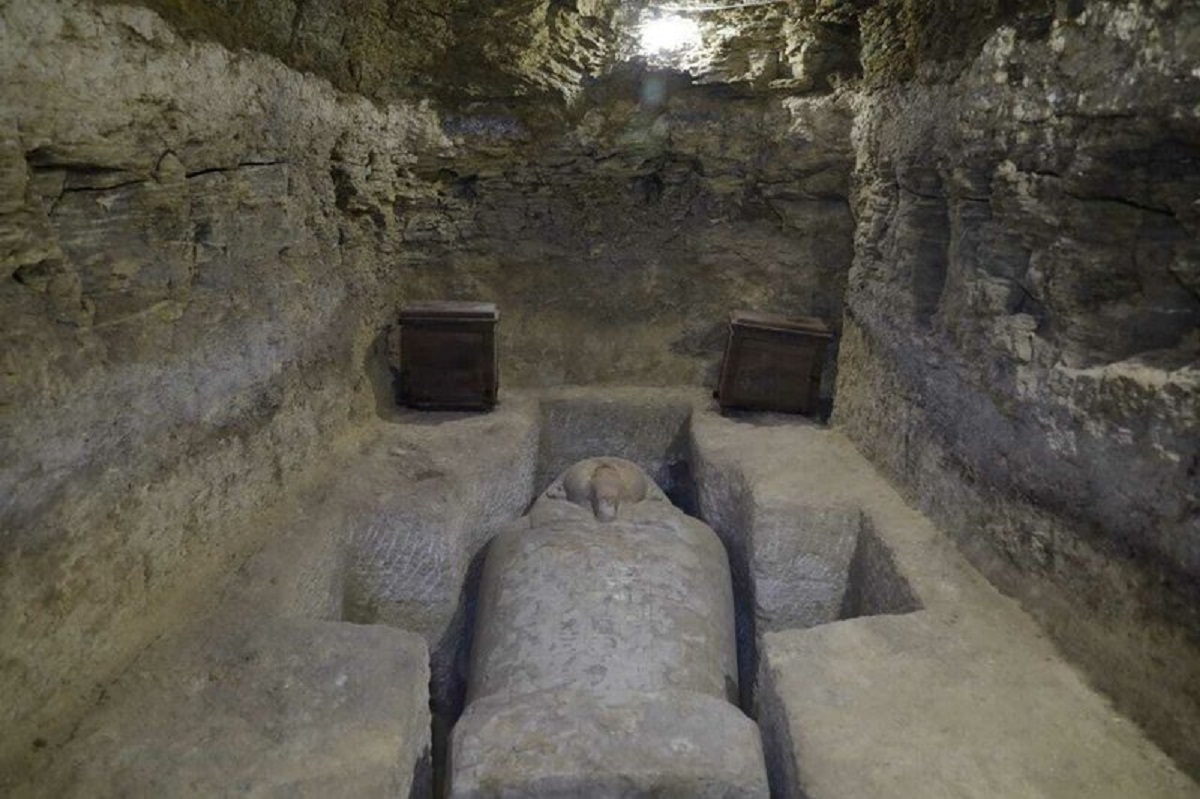Scientists have unearthed a 9,000-year-old female hunter burial in the Andes Mountains of South America which counters the long-held belief that when early human groups sought food, men hunted and women gathered. "An archaeological discovery and analysis of early burial practices overturns the long-held 'man-the-hunter' hypothesis," said Randy Haas, lead author of the study from the University of California (UC), Davis in the US.
The researchers believe the findings, published in the journal Science Advances, are particularly timely in light of contemporary conversations surrounding gendered labour practices and inequality.
"Labour practices among recent hunter-gatherer societies are highly gendered, which might lead some to believe that sexist inequalities in things like pay or rank are somehow 'natural'," Haas said.
"But it's now clear that sexual division of labour was fundamentally different -- likely more equitable -- in our species' deep hunter-gatherer past," he added.
In 2018, during archaeological excavations at a high-altitude site called Wilamaya Patjxa in what is now Peru, the researchers found an early burial that contained a hunting toolkit with projectile points and animal-processing tools.
They said the objects accompanying people in death tended to be those that accompanied them in life.
Based on an analysis of the bones and dental proteins, the study found that the hunter was likely female.
From the further examination of records of ancient burials throughout North and South America, the researchers identified 429 individuals from 107 sites.
Of those, they said 27 individuals were associated with big-game hunting tools of whom 11 were female and 15 were male.
The scientists believe this sample is sufficient to "warrant the conclusion that female participation in early big-game hunting was likely non-trivial".
They also found that somewhere between 30 to 50 per cent of hunters in these populations were female.
According to the researchers, this level of participation stands in stark contrast to recent hunter-gatherers, and even farming and capitalist societies, where hunting is a decidedly male activity with low levels of female participation, "certainly under 30 per cent."
In future studies, scientists hope to understand how the consequences of the sexual division of labour changed in different times and places among the hunter-gatherer populations of the continent.

